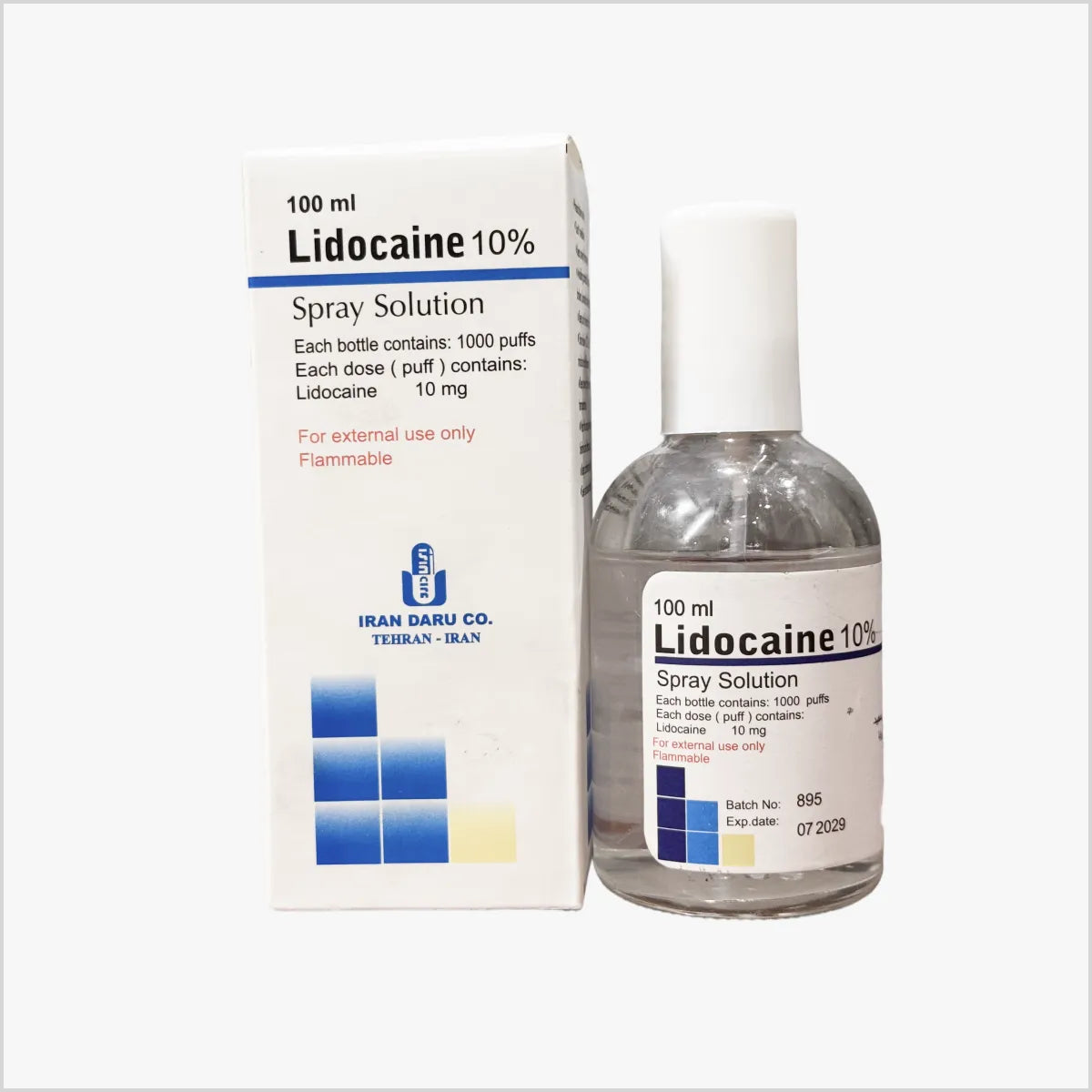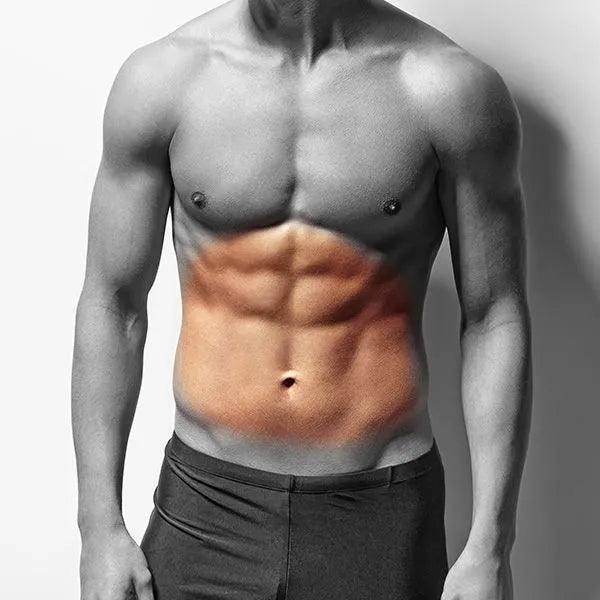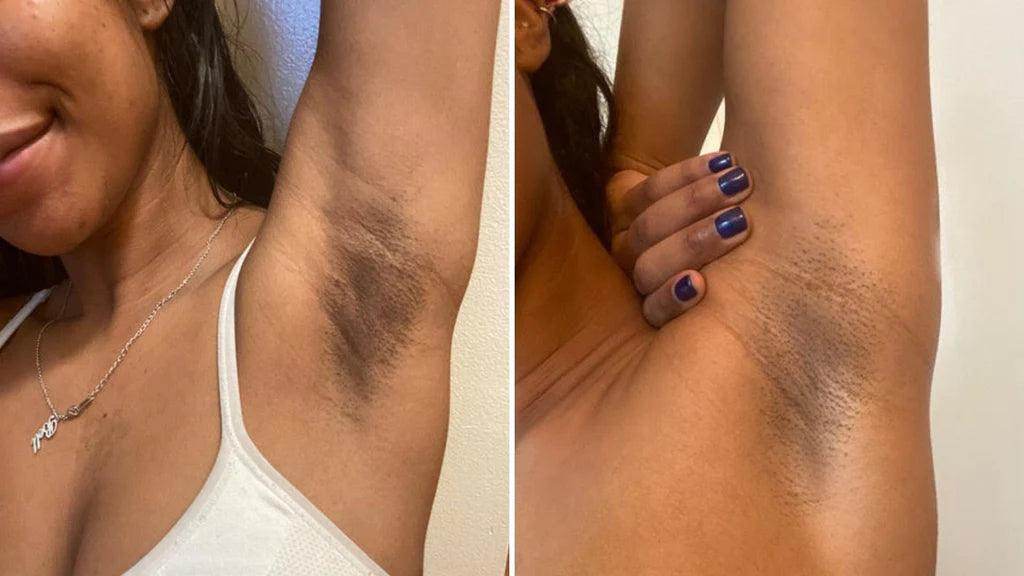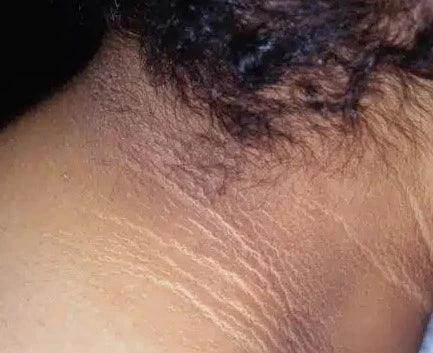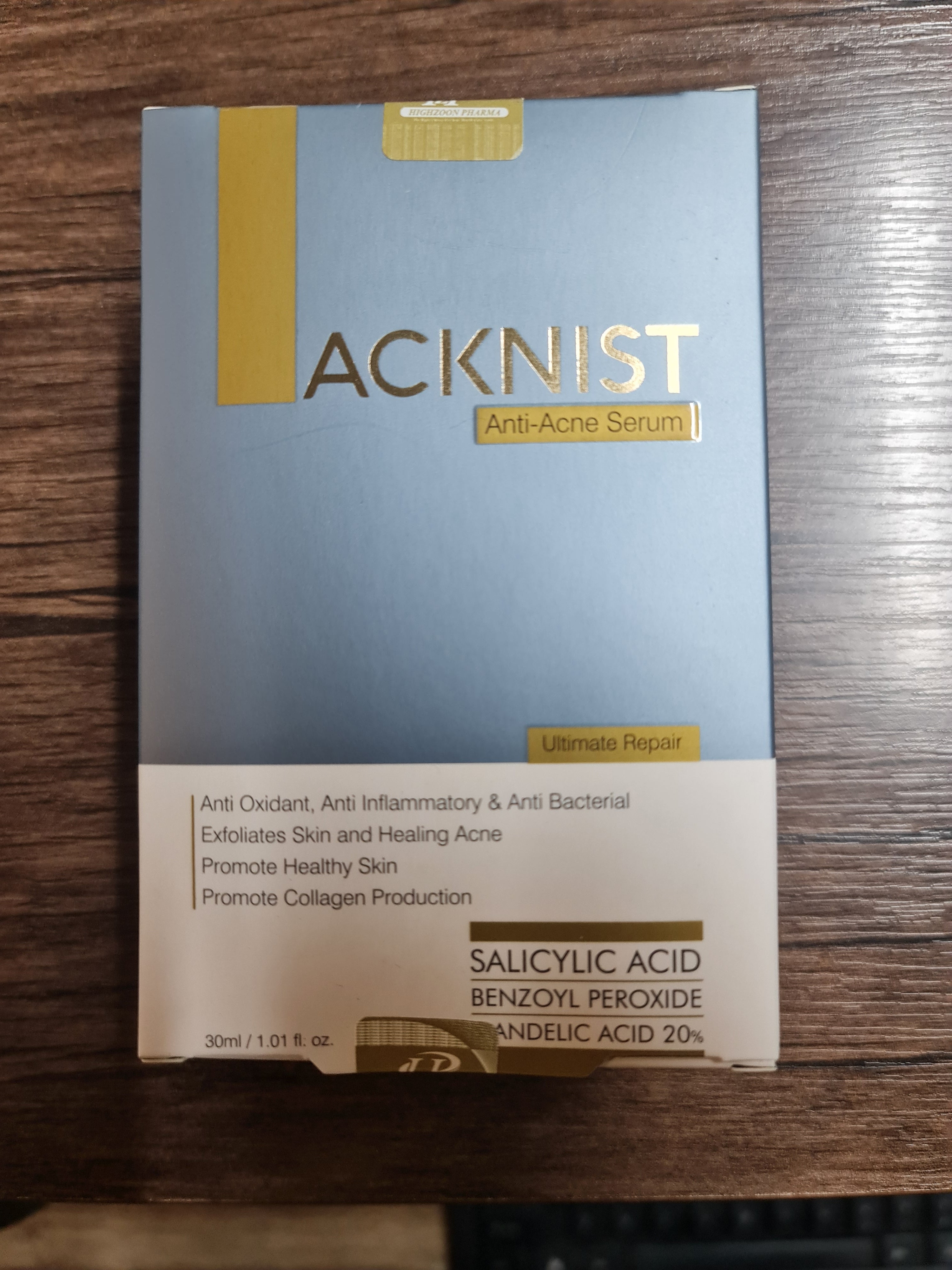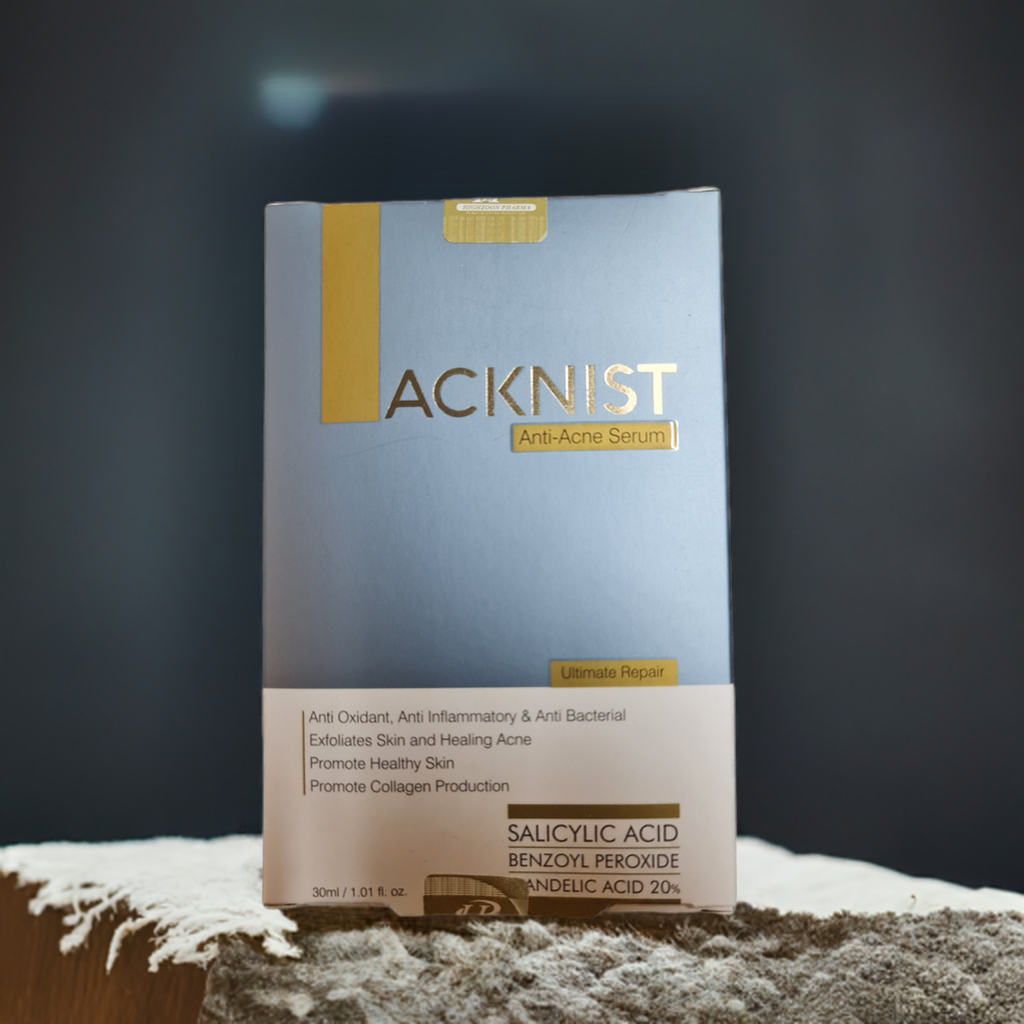🟢 Open: Monday to Saturday 2 to 8 PM. Location: House 59A, Block C1, Gulberg 3, Lahore.
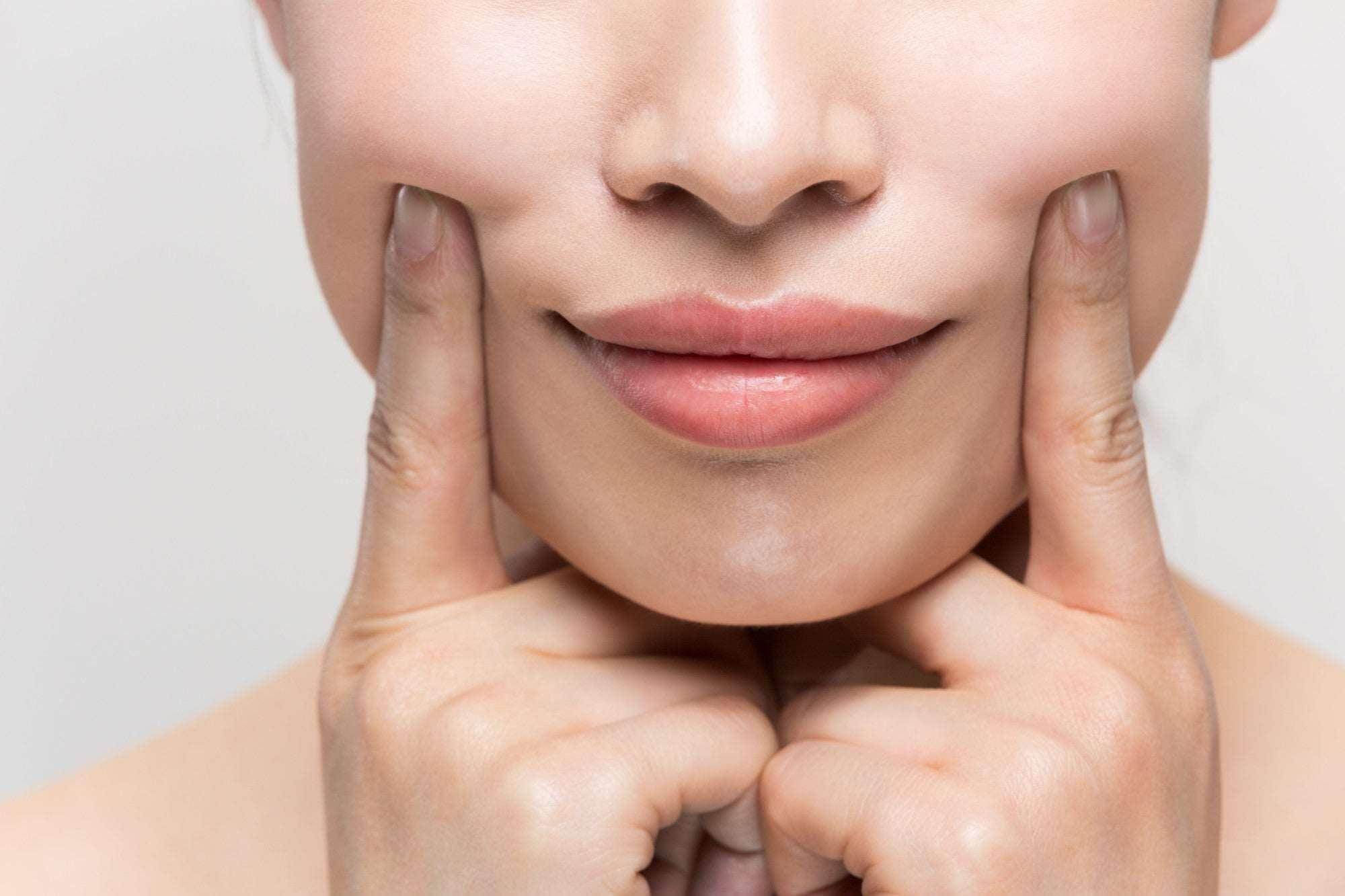
Nasolabial Folds (Smile Lines) Treatment
Painless, No Side Effects, Best & Natural-Looking Results on USA machines that are FDA & CE approved. Using patient focused AI approach.
Final prices are upon physical examination. Terms & Conditions Apply.
Only place one order per procedure. Multiple orders required for multiple procedures.
You must acknowledge that you have eaten within the last three hours to avoid low sugar and drank at least 500 ml of water in the past hour to avoid low BP.
Pickup currently not available
You may also like
Nasolabial folds are creases in your skin extending from both sides of your nose to the corners of your mouth. They’re also called smile lines or laugh lines. The creases can become prominent and permanent as you age, especially if you smoke or don’t protect your skin from the sun. Certain treatments can reduce their appearance.
What are the nasolabial folds?
Nasolabial folds are creases in your skin extending from both sides of your nose to the corners of your mouth. They can become more prominent and permanent as you age. They’re often called laugh lines or smile lines.
Are smile lines common?
Smile lines are very common among women and men of all races — even more so as you age.
What causes nasolabial folds?
The leading causes of nasolabial folds are:
- Aging: As you age, your cheekbones can flatten, and gravity can pull down loose skin in the area. You also have less collagen and elastin in your skin. These natural substances give skin its elasticity, resilience, stretchiness and ability to hold its original shape.
- Smoking: Smoking destroys collagen and elastin in your skin.
- Sun damage: The sun’s rays also break down collagen and elastin.
- Weight loss or gain: If you lose a lot of weight, you may have extra, looser skin. If you gain weight, you may have bigger cheeks. Both situations can accentuate nasolabial folds.
How do you reduce nasolabial folds?
If you decide to treat nasolabial folds, talk to a dermatologist or cosmetic surgeon. Options include:
- Botulinum toxin injections: Often called by the brand name Botox®,botulinum toxin injections are best known for decreasing the appearance of frown lines between your eyes. But Botox also may be used to weaken and relax a specific muscle that contributes to nasolabial folds. Botox injections can reduce the appearance of nasolabial folds for a few months.
- Dermal fillers: Dermal filler is an injection of a substance to fill creases in your skin. The substance plumps the area, restoring volume and fullness. The effects can last six months to a year. Popular fillers include hyaluronic acid, polylactic acid, calcium hydroxylapatite and polymethyl-methacrylate microspheres (PMMA).
- Retinoids: Applying this chemical form of vitamin C to your skin can promote collagen production and reduce smile lines over time.
- Skin-tightening procedures: Treatments with lasers, ultrasound or radio waves can help stimulate collagen production and make loose skin tauter.
- Surgery: Cosmetic surgery can reposition and reshape your skin and underlying tissues. Options to reduce nasolabial folds include a cheek lift or a facelift.
How can I reduce my risk of nasolabial folds?
Certain strategies can reduce your risk of developing laugh lines, delay their appearance and make them less prominent:
- Eat a healthy diet and get plenty of exercise and sleep. The healthier you are, the healthier your skin will be.
- Don’t use anything on your skin that stings or burns, unless it’s prescribed by a healthcare provider. Irritation can enhance the signs of aging.
- Don’t work on your tan with the sun or tanning beds. The ultraviolet rays can accelerate aging and wrinkles. It can also cause age spots and skin cancer.
- Quit smoking, or don’t even start.
- Sleep on your back. This can help gravity work against laugh lines. If you’re a side sleeper, try to switch sides regularly.
- Use a gentle cleanser and moisturizer at least twice a day. Understand the ingredients in your skincare products. Ask your dermatologist for recommendations for your skin type and personal goals.
- Wear sunscreen every day that’s at least SPF 30. Reapply every two hours — more frequently if you’re sweating or swimming.


